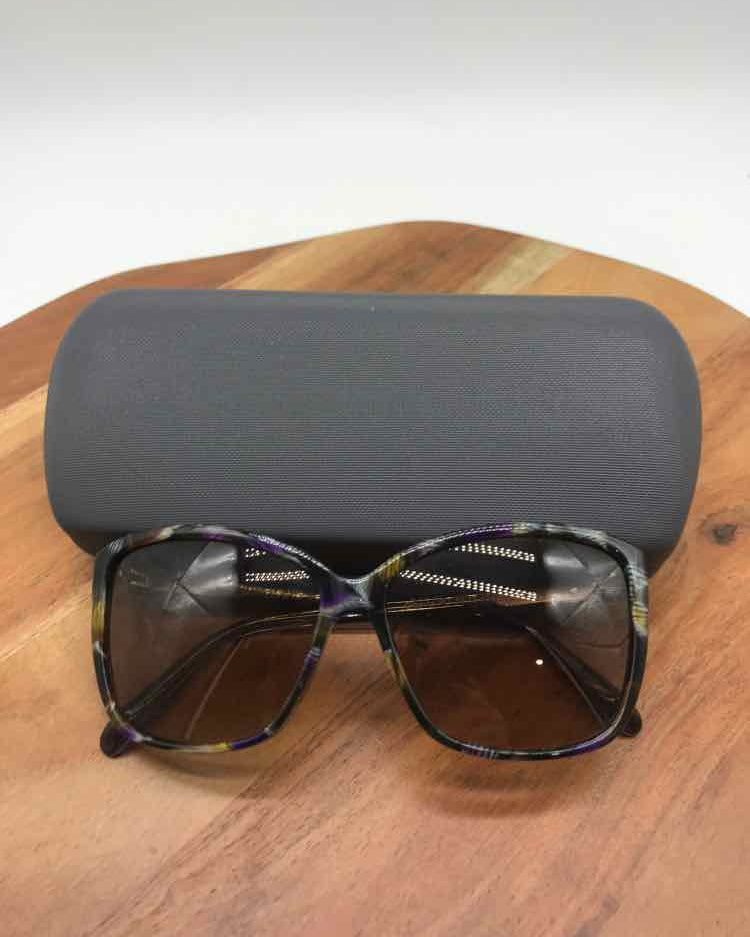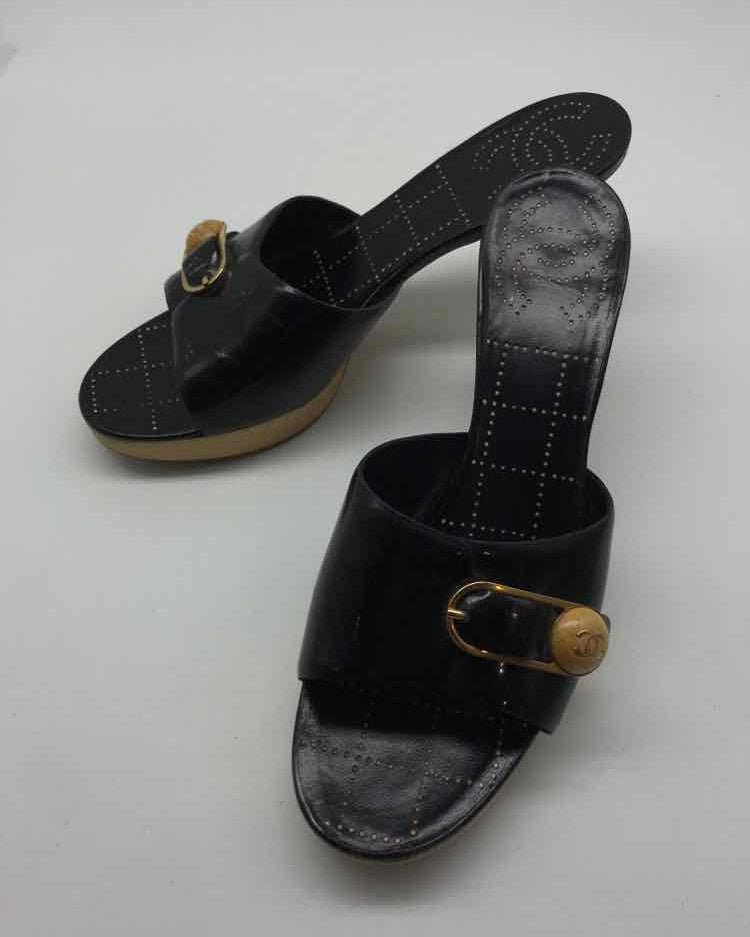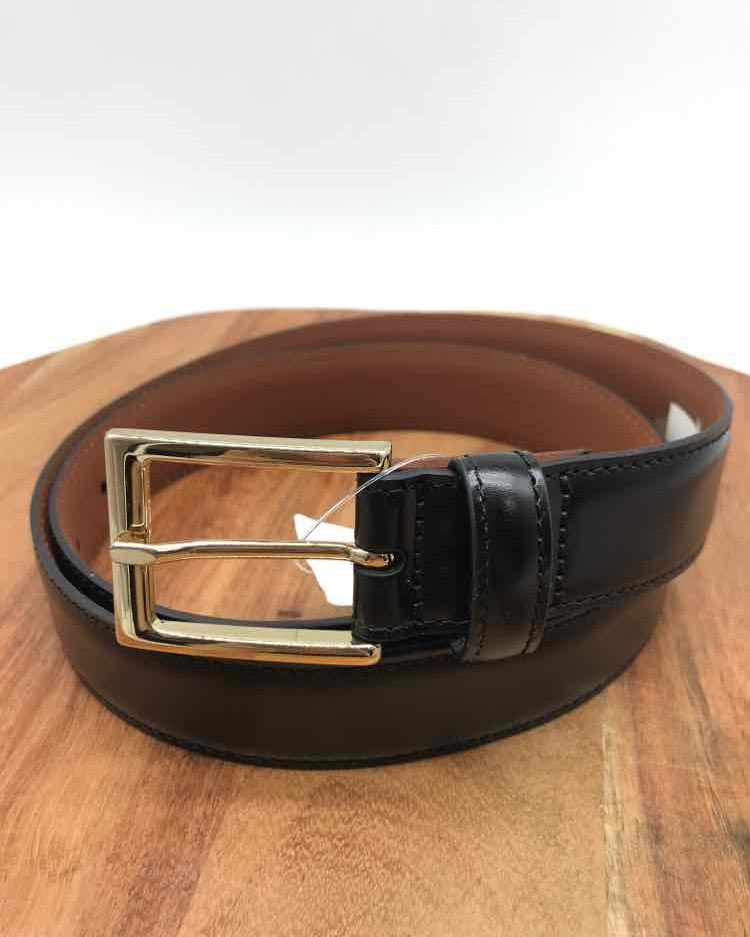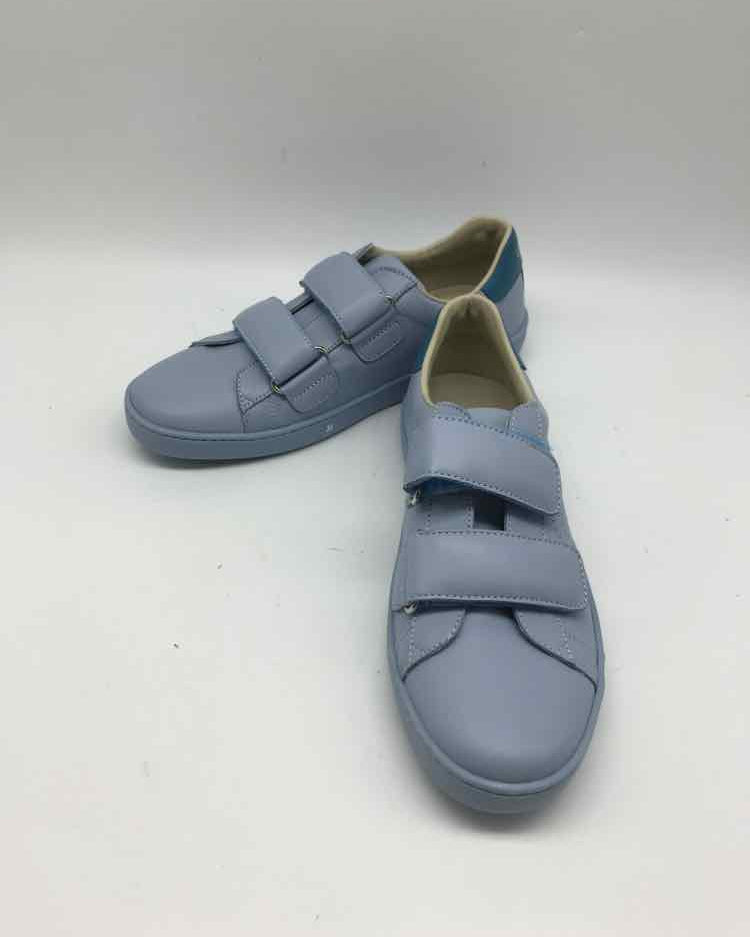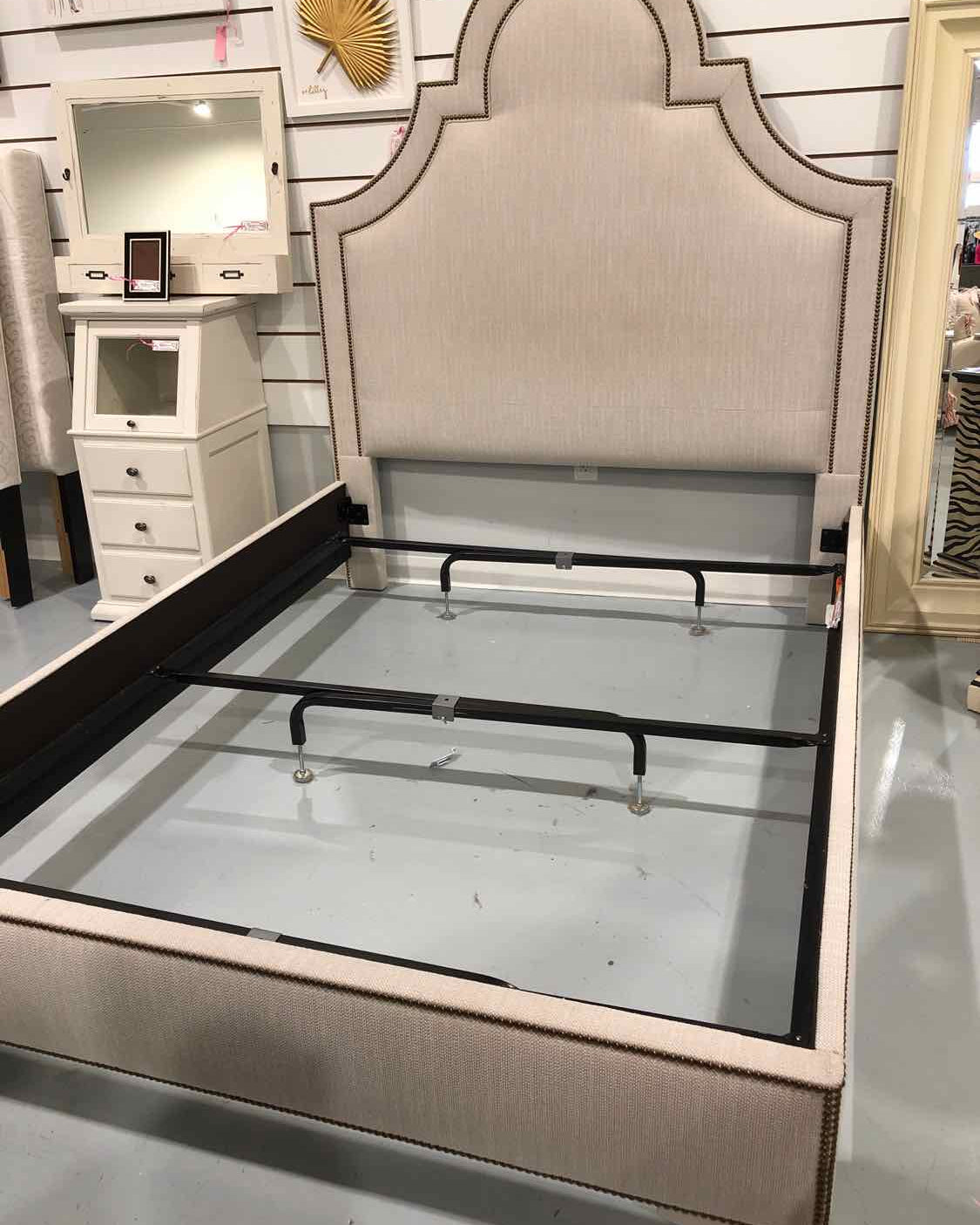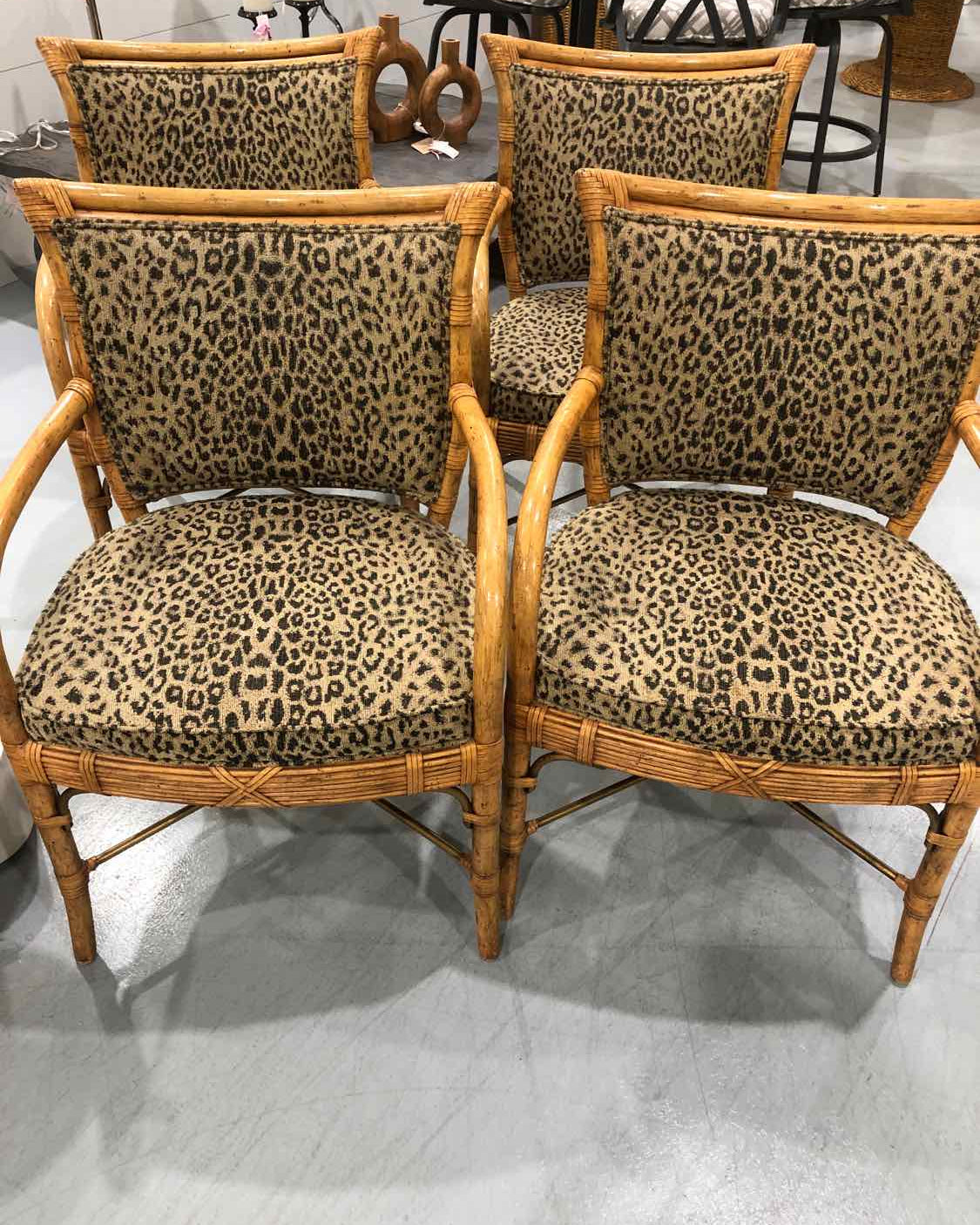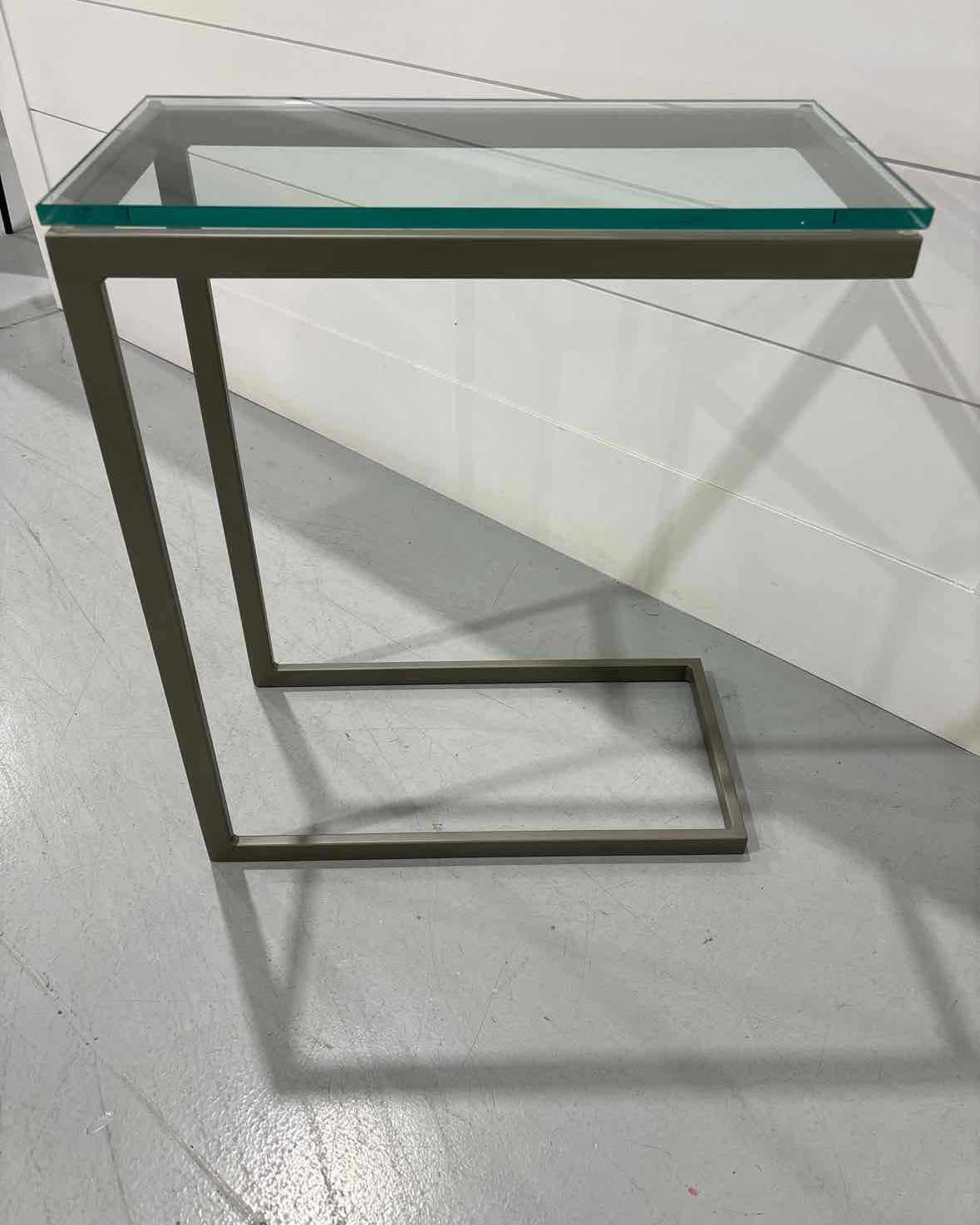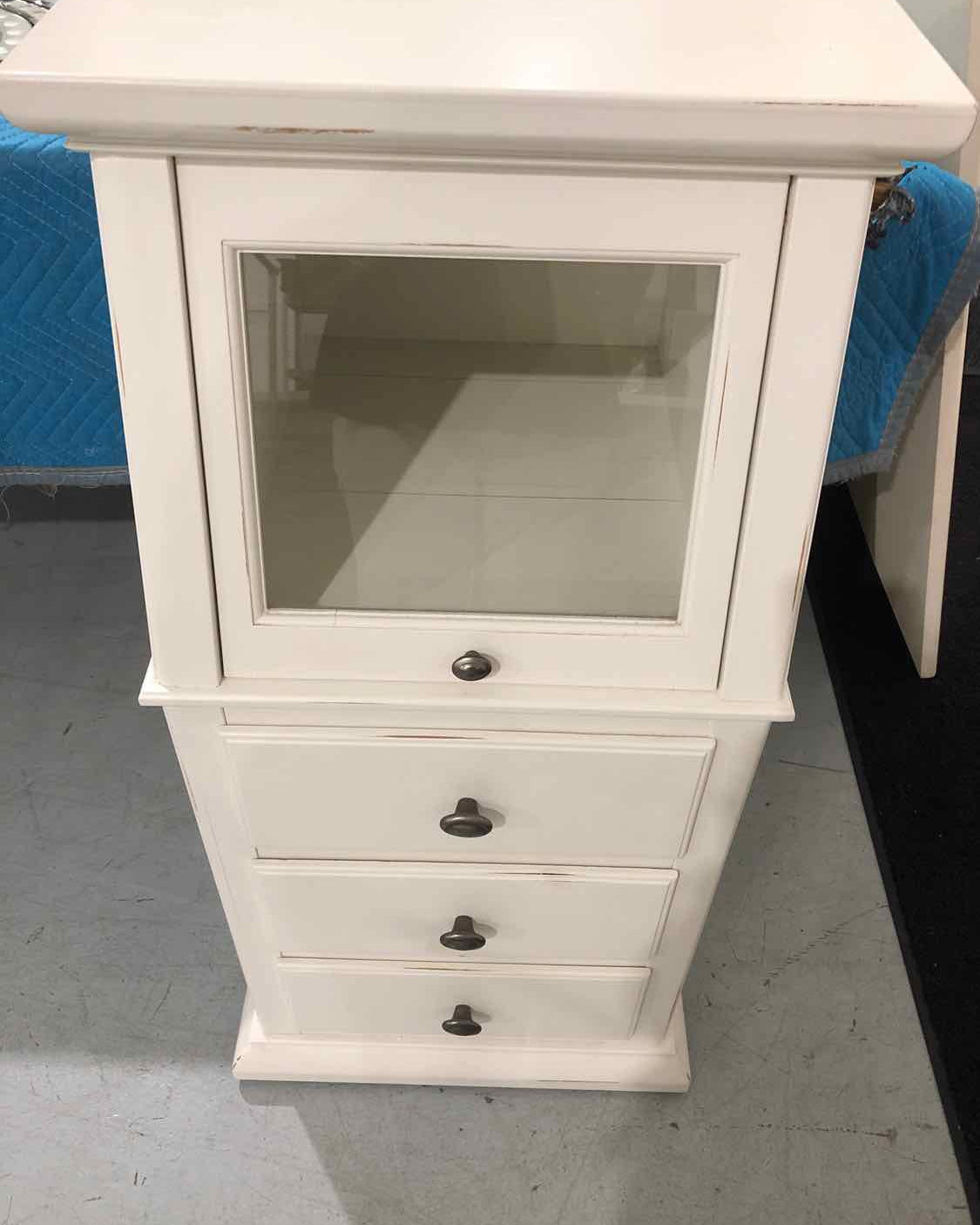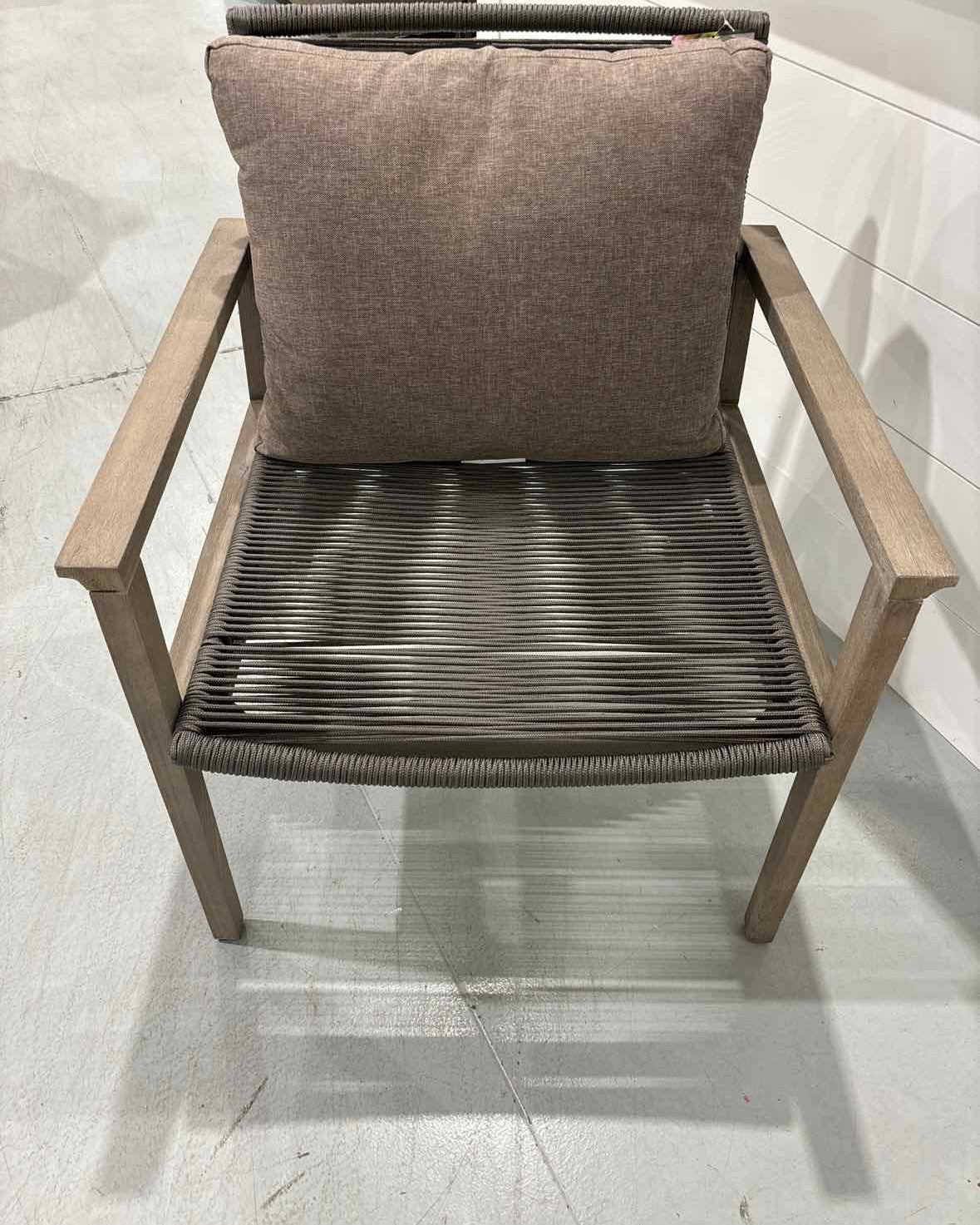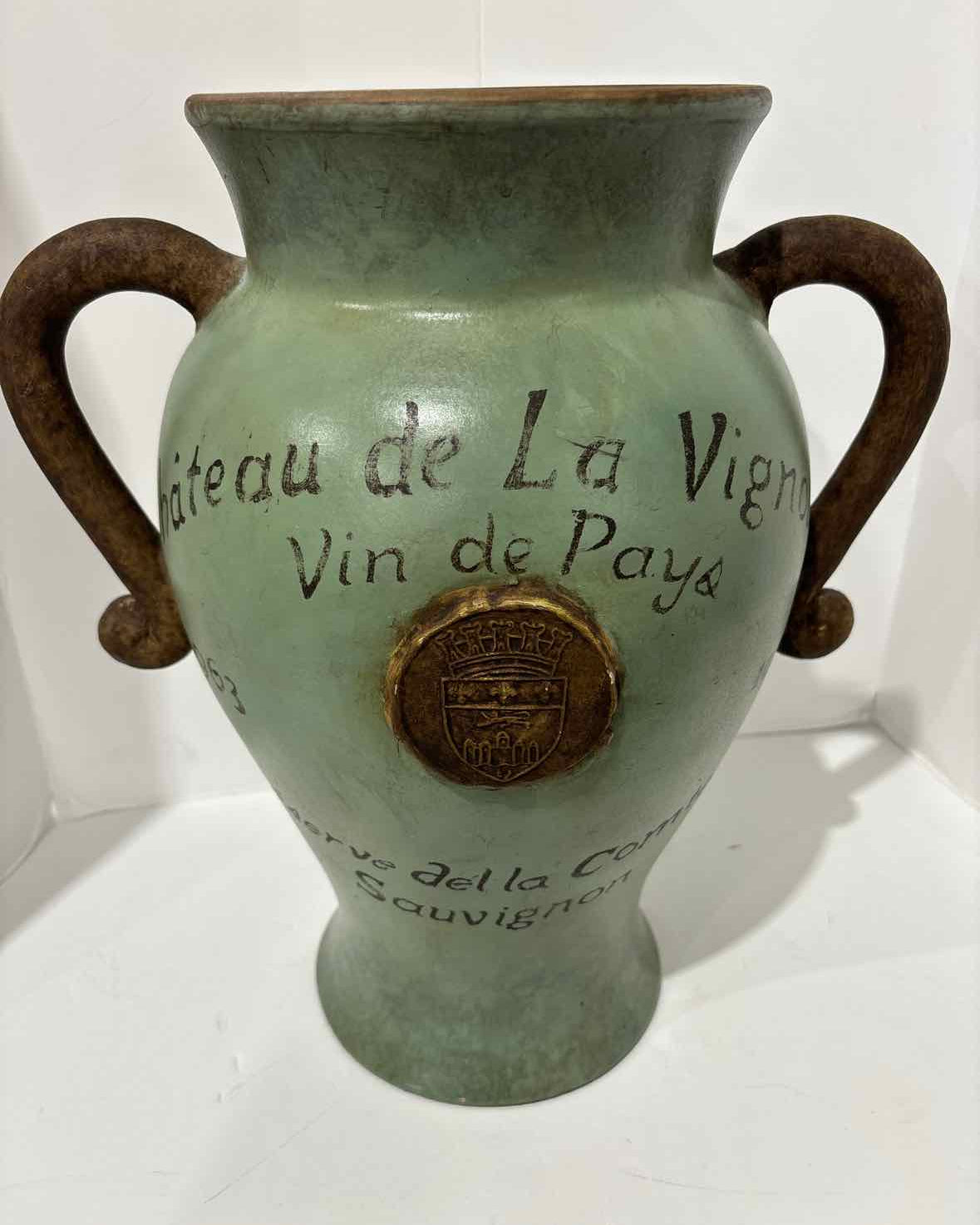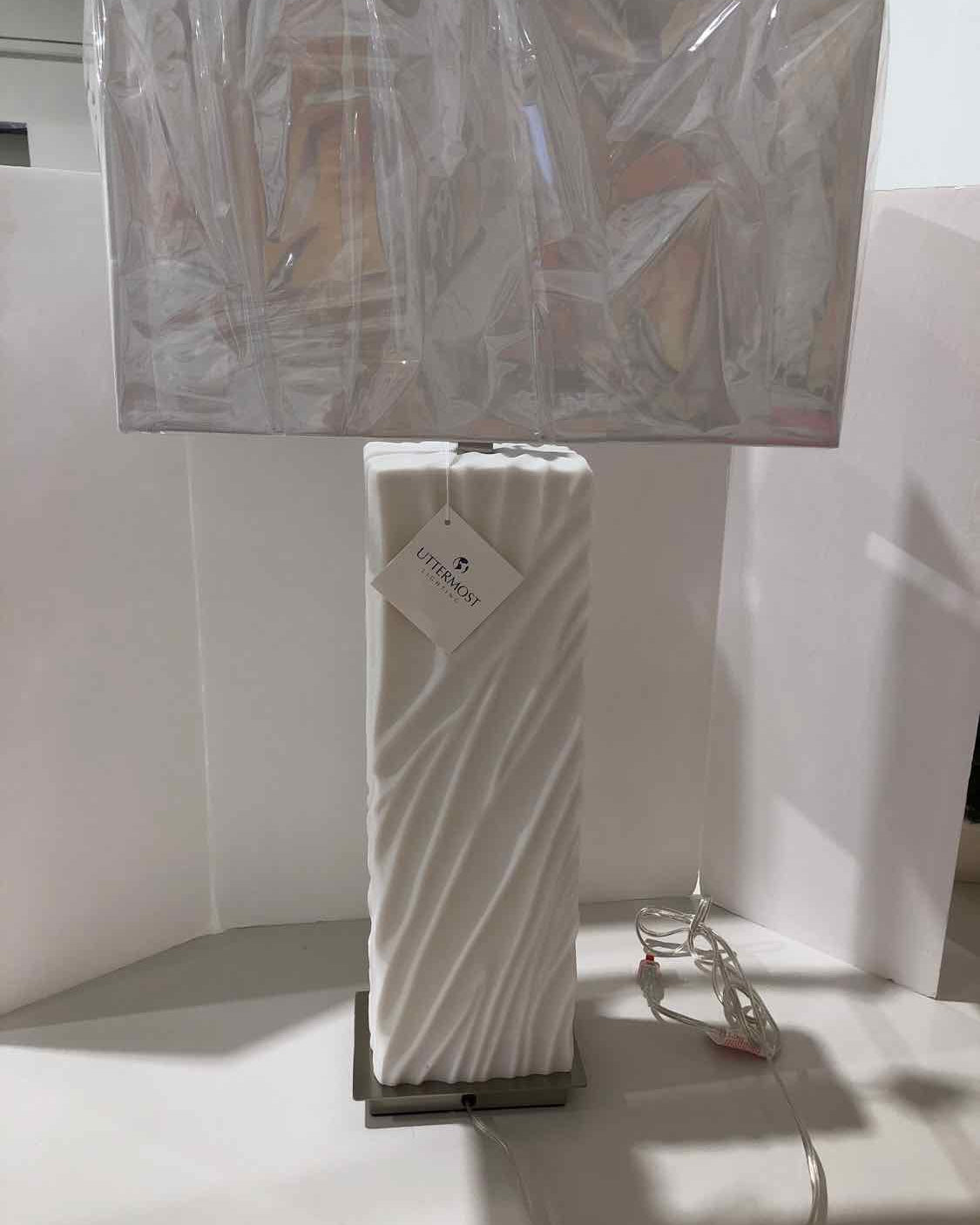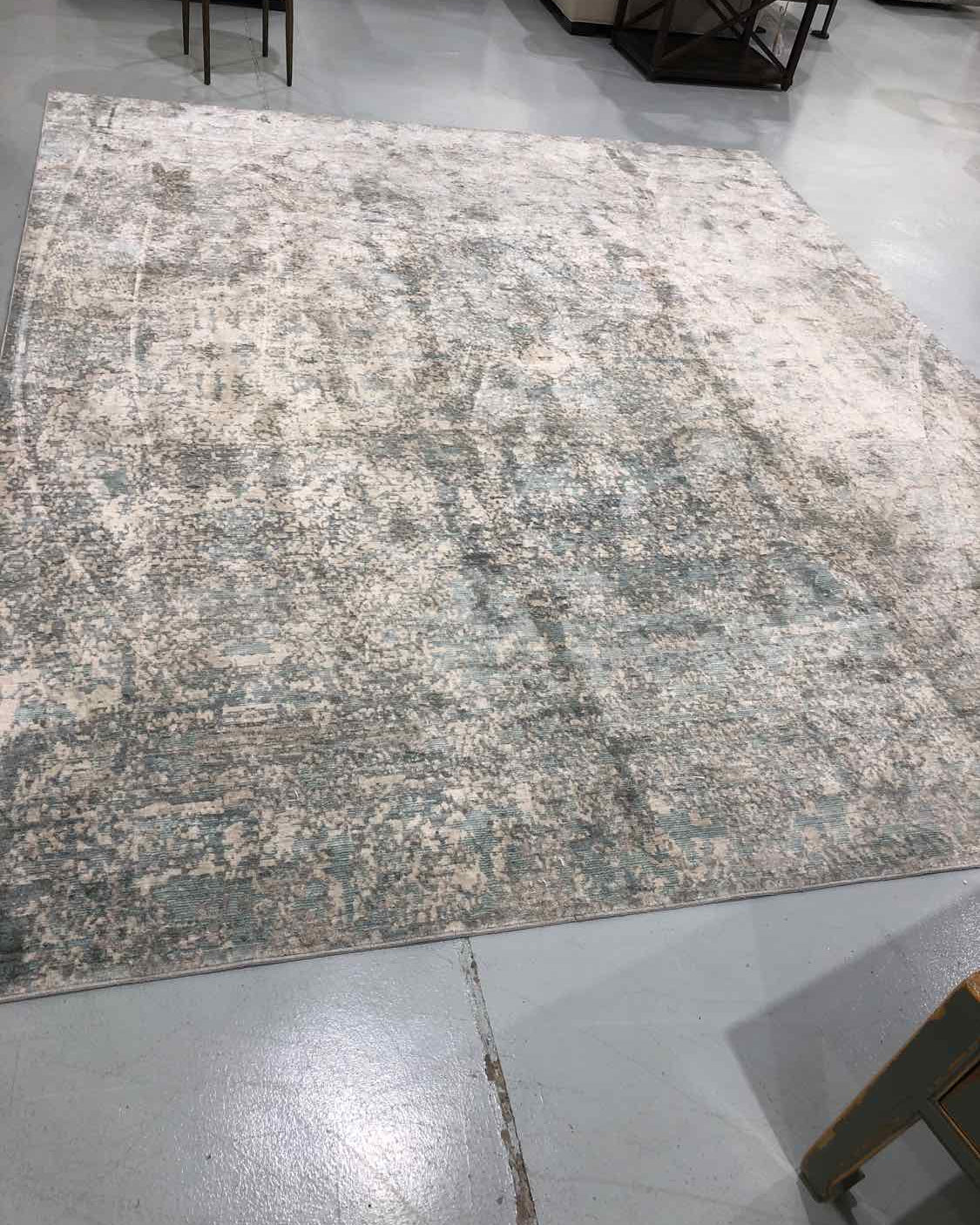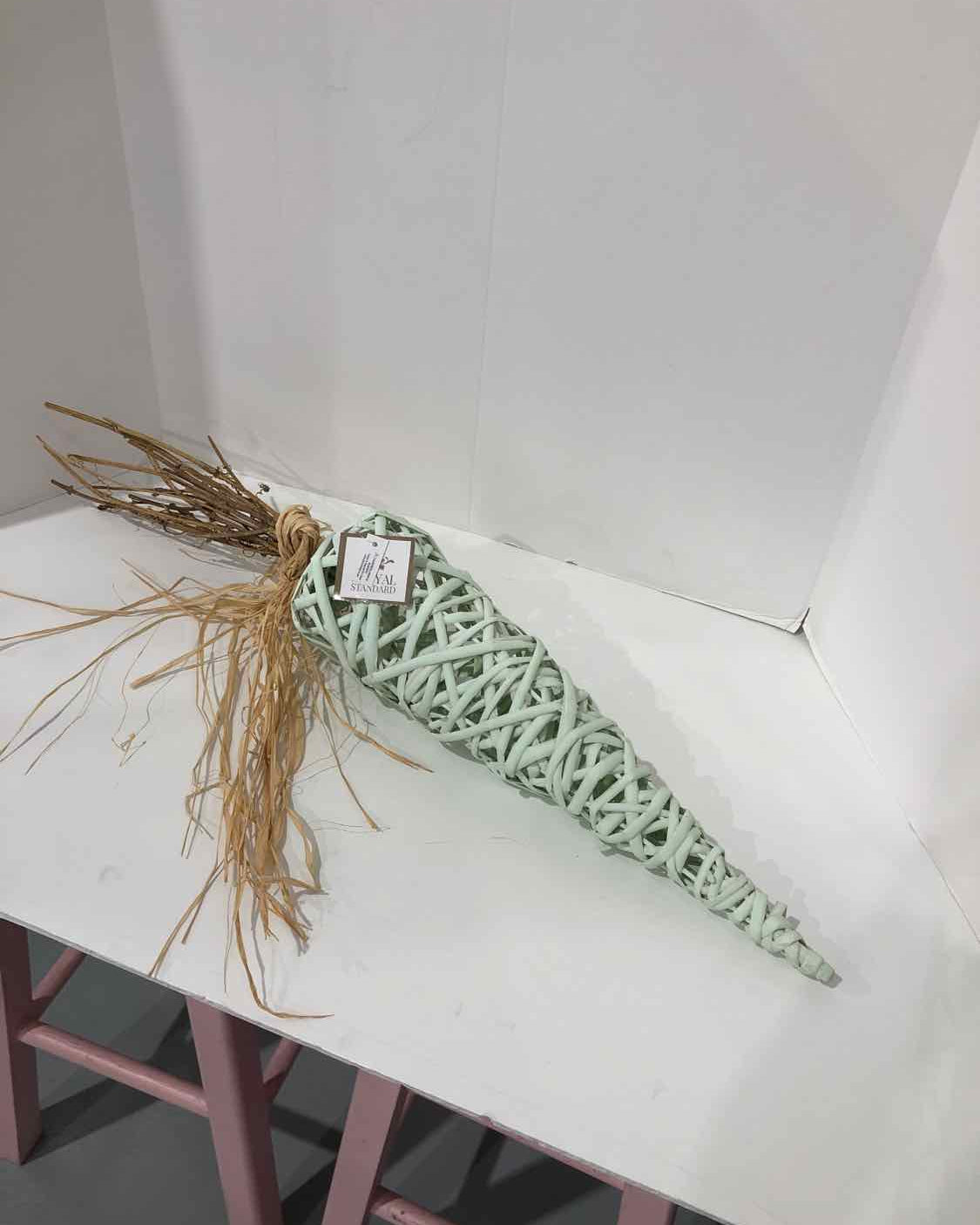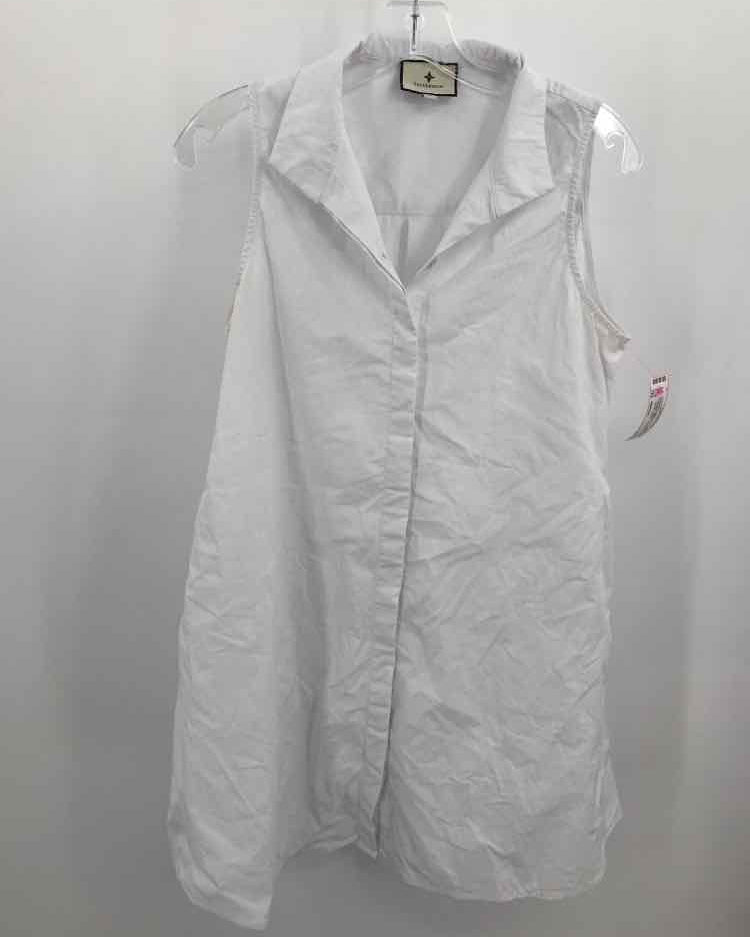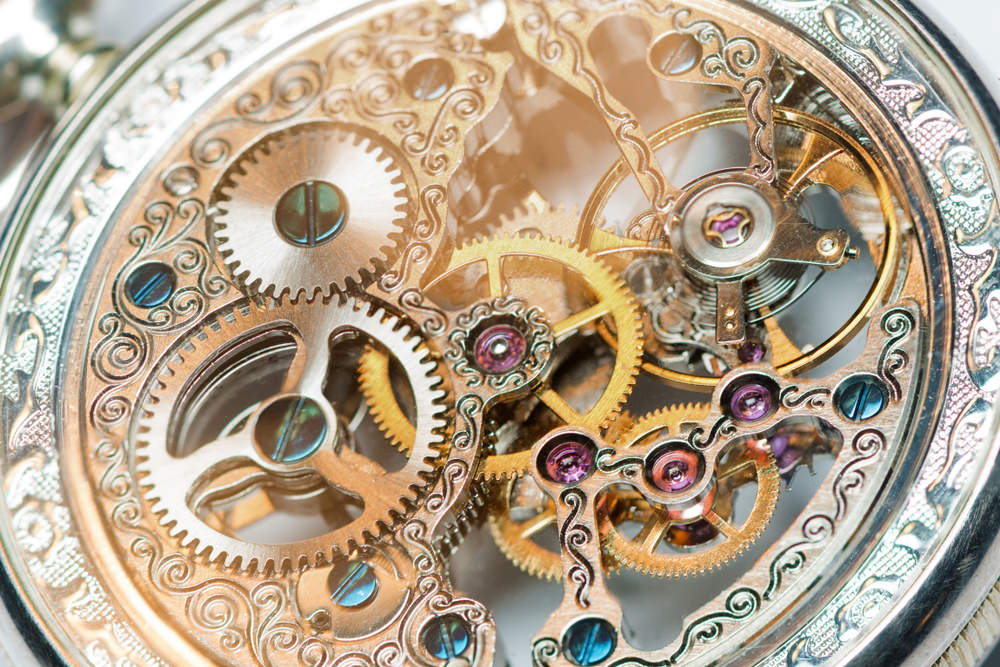THE HISTORY AND FUTURE OF WATCHES
Horology. Before you get all PC, it’s not us and its definitely not a typo. Horology, says both the dictionary and Leslie Bloom for Chron.com, is an actual word describing everything having to do with timekeeping and watches. Horologists know the ins and outs of each detail in a watch, including those teeny tiny pieces of the timekeeping mechanism. Horologists are True Fashionista masters at conceptualizing and designing watches, as well as being skilled artisans that bring those designs to life and repair them when needed.
Who was the first horologist, you may ask? It’s been said that the first mechanical clock was invented in England circa 1275, and one of the oldest working clocks, completed in 1386, is still in existence at Salisbury Cathedral. It doesn’t have a face and tells the time by striking on the hour. The Swiss watch industry was born in the 1540’s when John Calvin banned people from wearing jewelry, forcing jewelers to learn how to be…wait for it…horologists! Then in 1574 the first known pocket watch was created, only showing the hour. With the patent of the first pendulum clock in 1656 by Christian Huygens, timekeeping got much more accurate and scientists including Isaac Newton used the pendulum to accurately measure the shape of the earth due to the force of movement. Pocket watches with both a minute and second hand and glass to cover the face appeared in the early 1600’s, and the watch as we know it came into existence.
It wasn’t until 1812 that the first wristwatch was created to fit the wrist of, (fittingly lol) the Queen of Naples! Wristwatches were primarily worn by women, as men preferred to protect their timepieces as pocketwatches. Then the military realized the wristwatch’s convenience. According to the History of horology for Govberg by Emily Smith, Brazilian aviator Alberto Santos-Dumont was in search of a watch that would allow him to keep both hands on the controls while timing flights. He reached out to good friend Louis Cartier to design something. Cartier and his watchmaker (um, horologist!) Edmond Jaeger then developed the aptly-named Santos wristwatch. WWI saw a surge in popularity of the wristwatch.
Electric watches invented in the 1950’s foreshadowed the quartz watch, introduced in 1969. The quartz replaced all the moving parts of a mechanical watch, replacing them with a battery. Most brands, excluding luxury Swiss brands, still use them today in a traditional wristwatch setup. Smart watches, or ones that do more than just tell time, are a whole different ballgame.
Would you believe that smart watches have actually been around since the 1980’s? While Steve Jobs was still perfecting his Mac computer, the trying so hard to be tech-y 80’s gave us a slew of bulky, uncomfortable calculator watches including the Casio Scientific Calculator watch, remembers tech geek Michael McNeil. Apple introduced their version in September 2014, and suddenly a miniature wearable smartphone became a dream come true for fans. Smart watch technology can also be found in many luxury brands like Montblanc, Tag Heuer, Frederique Constant and Fossil.
As Town and Country Magazine tells us, luxury timepieces like IWC Schaffhausen’s Da Vinci model, Le Marché Des Merveilles Secret Diamond Watch by Gucci with a face hiding behind a cat face and many other dazzling diamond-filled designs are out there for the choosing. With styles like Baume & Mercier’s Petite Promesse, you get both a watch and super chic wraparound leather strap as a bracelet. Serpenti Tubogas also offers a wraparound style in stainless steel.
Looking ahead to what we can expect on our wrists down the line, watch-next tells us that many brands have turned to exotic materials like silicon in mainsprings to titanium in tourbillons, while others are considering changes to the traditional movement design that’s served us so well over the years.
Cartier has announced their ID2 concept watch, claiming it will “own the future of accuracy”. Seems their team discovered that 80 per cent of the friction in a mechanical movement results from the very air it operates in. Based on this knowledge, they created a sealed crystal watch case and sucked out the air through the crown opening, leaving the movement to operate in a 99.8 per cent vacuum. With the addition of carbon-fiber cogs and a fiberglass mainspring, the ID2 uses 37 per cent less energy, never needs oil, and promises “eternal” accuracy.
Luxury watchmaker Girard Perregaux has also entered the accuracy race in their own unique way. Rather than vacuuming out oxygen, they’re concentrating on regulating the rhythm of the watch’s “heart”. As they explain it, “the heart of a mechanical watch is ruled by the regulating organ, which manages the flow rate of the energy received from the barrel to drive everything. The main factor is not so much the speed of this heartbeat, but its regularity.” To make this happen, Girard’s horologists have created a clever little device called a Constant Force Escapement, which is a silicon blade one-sixth of the width of a human hair that snaps back and forth to prod things along and compensate for any variances in power delivery. Constant energy all the time equals accuracy all the time.
From then to now, watches truly stand the test of time. Now that’s True Fashionista technology!
The post THE HISTORY AND FUTURE OF WATCHES appeared first on True Fashionistas.






